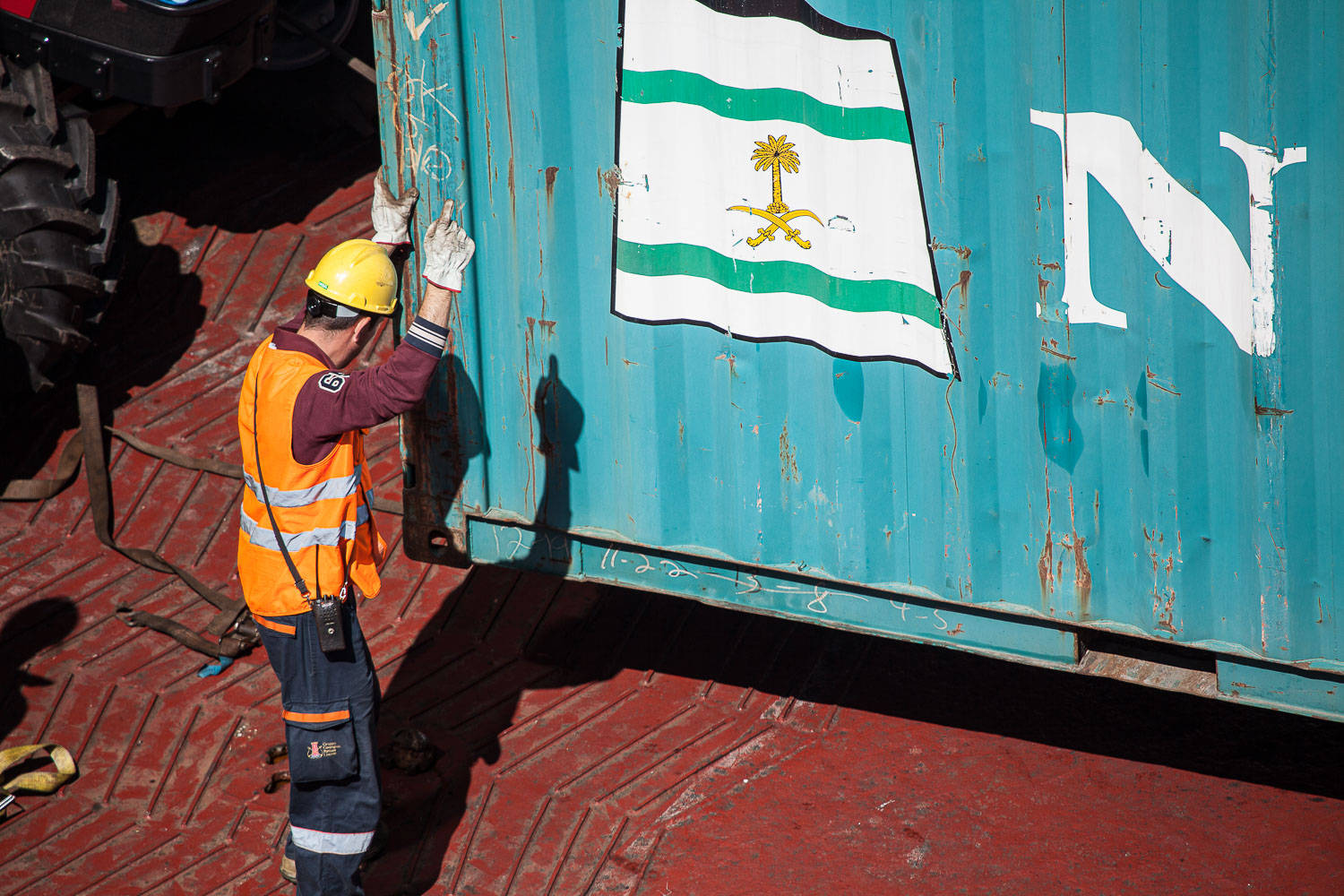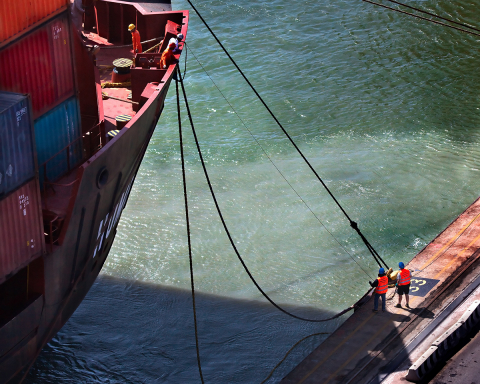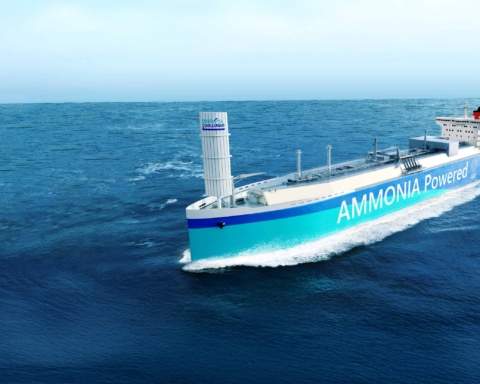Livorno port’s future is going to be increasingly digital. Over the last few days, an innovative service for managing yard inspections has been tested successfully.
An intrinsic part of the Tuscan Port Community System – the Port Network Authority’s platform for digitalizing and streamlining goods export/import information flows – the mew digital inspection application will allow shippers to remotely request the terminal operator to make containers available.
The terminal operator can, in turn, interact with the software to indicate the time window in which the container will be made available and the location where the inspection is to be carried out. The authorities involved in the inspections will be notified at the same time. The operations will be tracked, constantly updating information on times and seals placed on the containers being inspected.
The information will also be made available to the Customs and Monopolies Agency, enhancing current digitalization initiatives, such as Port Tracking, and providing tools to support coordination between the authorities involved, for the forthcoming implementation of the Single Customs & Inspections Window (Sportello Unico Doganale e dei Controlli – SUDOCO).
The new application module, which initially will be operational at Darsena Toscana Terminal and Lorenzini Terminal, was presented this morning during a ‘launch’ event attended by representatives from trade associations (SPEDIMAR, ASAMAR, Associazione Spedizionieri Doganali Firenze), the Customs and Monopolies Agency, authorities and the container terminals concerned.
During the meeting, the results of the trials were shared, an overview of the existing information flows was provided and a simulation was carried out to show how the system works for each user profile.
“Thanks to this new application module, Livorno port is taking a decisive step forward towards the digitalized management of logistics flows,” said Port Network Authority managing director, Matteo Paroli, on the sidelines of the meeting. “The objective is to make the port increasingly efficient, fast, safe, and competitive,” he added, not failing to thank the Customs Agency, shippers, container terminals, and goods inspection authorities for their support.
Translation by Giles Foster




